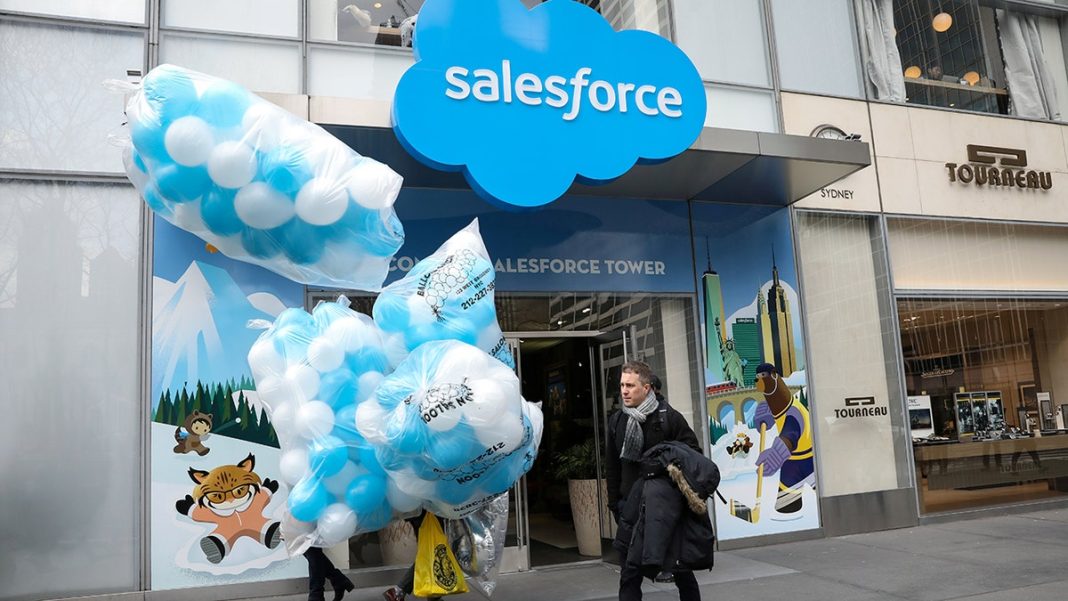Major Salesforce Data Breach Exposes Nearly a Billion Records
A massive data breach targeting Salesforce ecosystems has compromised nearly a billion records across major corporations including Google, Dior, and Allianz. Cybercriminals are now extorting victims by threatening to publish stolen data unless substantial ransoms are paid.
Key Takeaways
- Nearly one billion records stolen from Salesforce environments
- Major victims include Google, Dior, Allianz, Coca-Cola, and FedEx
- Attackers used social engineering and third-party app compromises
- Criminals operating dedicated dark web leak site for extortion
Why Salesforce Became the Primary Target
Salesforce serves as the central customer relationship management system for thousands of organizations worldwide. The platform manages everything from sales pipelines and marketing campaigns to customer support and loyalty programs. Banks track client accounts, airlines manage frequent flyer programs, and retailers store purchase histories within Salesforce environments.
This central position makes Salesforce instances incredibly valuable targets. A successful breach provides attackers with comprehensive access to customer data, business strategies, and internal processes across entire organizations.
Attack Methods and Major Incidents
Hackers bypassed traditional security measures by targeting human vulnerabilities and third-party integrations rather than exploiting technical flaws in Salesforce’s core software. Attack techniques included:
- Voice-phishing calls targeting Salesforce administrators
- Realistic fake applications to steal OAuth tokens
- Compromised third-party integrations, including a chatbot tool called Drift
The scale of data loss has been staggering. Coca-Cola’s European division lost over 23 million CRM records, while Farmers Insurance and Allianz Life each reported breaches affecting more than one million customers. Google confirmed attackers accessed a Salesforce database containing advertising leads.
Extortion Campaign Intensifies
Cybercrime groups including Lapsus$, Scattered Spider, and ShinyHunters have established a dedicated dark web leak site to pressure companies into paying ransoms. The site displays messages warning victims: “Contact us to regain control of your data governance and prevent public disclosure. Do not be the next headline.”
Alleged victims listed on the extortion site include FedEx, Hulu (owned by Disney), and Toyota Motors. It remains unclear whether some breached organizations have paid to prevent their data from being published.
Salesforce’s Official Response
Salesforce stated it is “aware of recent extortion attempts by threat actors” and will not engage with, negotiate with, or pay any extortion demands. The company’s official response emphasized:
“We are aware of recent extortion attempts by threat actors, which we have investigated in partnership with external experts and authorities. Our findings indicate these attempts relate to past or unsubstantiated incidents, and we remain engaged with affected customers to provide support. At this time, there is no indication that the Salesforce platform has been compromised, nor is this activity related to any known vulnerability in our technology.”
6 Essential Steps to Protect Your Data
While companies bear responsibility for securing their systems, individuals should take proactive measures to protect their personal information exposed in these breaches.
1. Secure Your Accounts Immediately
Change passwords for services associated with breached companies. Use a password manager to generate strong, unique passwords and enable breach monitoring alerts.
2. Enable Two-Factor Authentication
2FA provides crucial protection even if passwords are compromised. Activate it for email, banking, cloud storage, and any service offering this security layer.
3. Utilize Data Removal Services
Personal data removal services can systematically delete your information from data broker websites, reducing available information for scammers and identity thieves.
4. Recognize Targeted Phishing Attempts
Attackers with CRM data may reference specific purchases or support cases. Treat unexpected communications with suspicion and use comprehensive antivirus protection.
5. Monitor Your Identity
Identity monitoring services can detect when your personal information appears on the dark web, providing early warning of potential identity theft.
6. Exercise Your Legal Rights
Companies are typically legally obligated to inform you of data exposures. Contact affected organizations directly to understand what information was compromised and what protective measures they’re implementing.
Expert Perspective
As security expert Kurt “CyberGuy” Knutsson notes, attackers can access personal data even when individuals exercise caution. Criminal groups leverage stolen Salesforce data to launch targeted phishing campaigns, create fake accounts, and build comprehensive victim profiles by cross-referencing with previous breaches.
The incident raises important questions about corporate accountability for data protection. As the digital landscape evolves, both companies and individuals must prioritize security measures to prevent similar large-scale breaches in the future.






